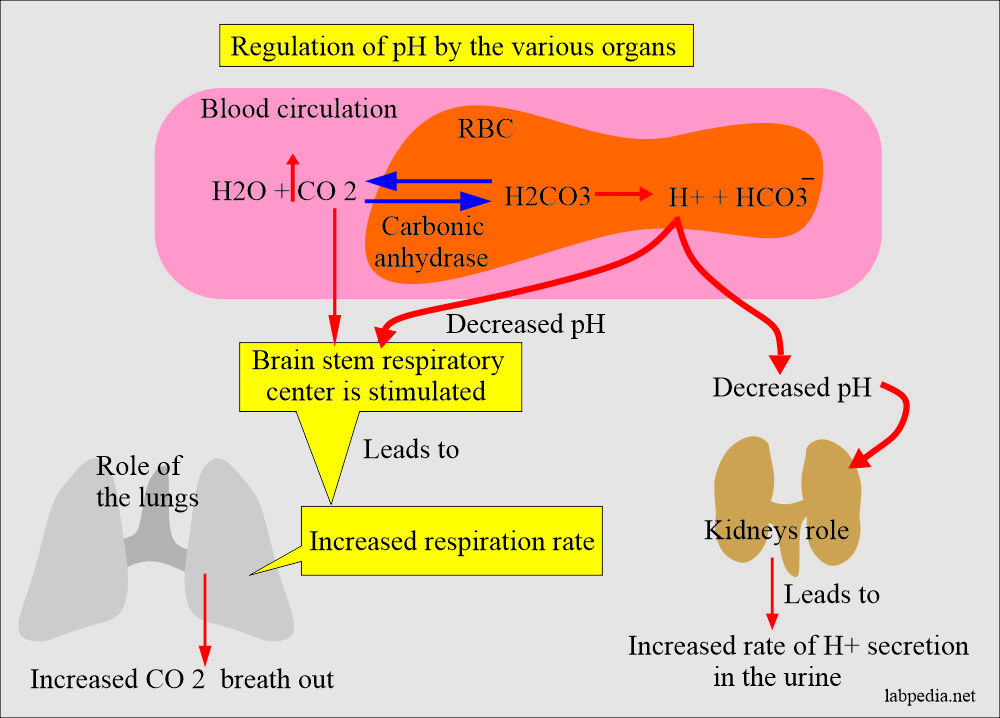

It was also found to be better than capnometry (qualitative) given that capnometry had a sensitivity of only 88% in cardiac arrest. In a 2001 study of 345 intubations, capnography had a sensitivity and specificity of 100% for correct placement. Similar to the role of pulse oximetry in guiding the prehospital provider through both management decisions and differential diagnosis, end-tidal capnography can provide invaluable physiologic information that can be used to enhance prehospital patient care in both intubated and non-intubated patients.ĮTT Placement & Integrity of the Respiratory CircuitĬapnography is the most reliable method to confirm endotracheal tube placement in the pre-hospital setting.


Given the change in flow and there is minimal CO2 in the ambient air, the level measured by the detector quickly falls to near zero. The last phase (phase 0) of the waveform represents inhalation. This is when the CO2 concentration reaches a maximum at the end of exhalation and reflects the CO2 concentration of the alveoli emptying last. The value displayed on the monitor is equal to the end-tidal CO2 measured at the end of Phase 3. This plateau should have a slightly positive inclination due to the continuous excretion of CO2 into the alveoli becoming progressively smaller and the late emptying alveoli with a low V/Q ratio containing a relatively higher concentration of CO2. It represents the amount of CO2 in all the alveoli, on average. Phase 3 is known as the “alveolar plateau”. Phase 2 is a rapid up-tick in the amount of CO2 measured which represents the first gas that is being sampled from the alveoli, i.e. The first phase (phase 1) represents the end of a breath this is dead-space ventilation, meaning air that did not participate in gas exchange is cleared from the airways. Literature Review: The capnograph represents continuous monitoring of the partial pressure of CO2 in a circuit and has four main phases.


 0 kommentar(er)
0 kommentar(er)
